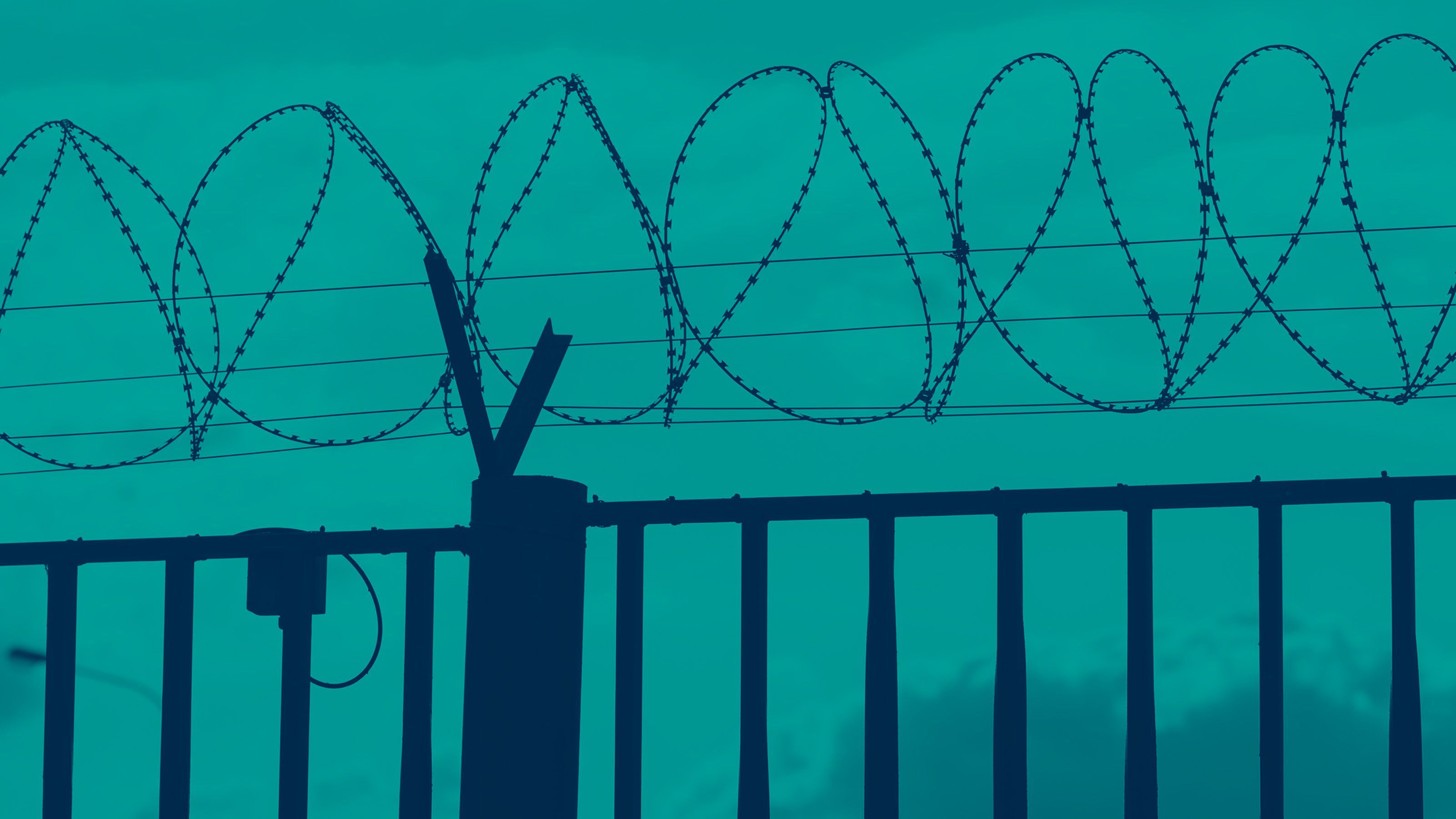Registration
You will receive an email confirming your registration.
India and Pakistan have been at odds since their independence in 1947. The two states fought a war that year and three more in the subsequent years, in 1965, 1971, and 1999. The partition precipitated a lasting bilateral conflict rooted in the countries’ incompatible nation-building strategies and ideologies. Furthermore, the friction between them is also a consequence of New Delhi’s and Islamabad’s contestation for power and status within and beyond South Asia. However, a multivariate inquiry is necessary to understand the India-Pakistan dynamics. A rivalry-based hub-and-spokes framework that cuts across different international relations paradigms can be employed to explain this conflict. What does this framework tell us about the transformation of the India-Pakistan rivalry? Relatedly, what conditions have caused the evolution of this subcontinental conflict? And importantly, what options are available for India and Pakistan to bring about a promising transformation in their relationship?
Carnegie India hosted Surinder Mohan for a discussion on the dynamics of the relationship between India and Pakistan and what future the relationship might hold. The discussion was moderated by Srinath Raghavan.
Discussion Highlights
Ideology, Territorial Salience, and Geographical Contiguity: Participants discussed that while scholarly debates attribute the conflict between India and Pakistan to the ideological significance of the state of Jammu and Kashmir, the role of territorial salience and geographical contiguity of Kashmir needs to be addressed. The Partition resulted in contention over three princely states: Kashmir, Junagarh, and Hyderabad. However, Pakistan eventually abandoned its claim on the latter two territories. This prompted the question of why Pakistani leadership chose to escalate its claim over Kashmir militarily. Participants agreed that a lack of contiguous territory and low territorial salience in both Junagarh and Hyderabad forced Pakistan to abandon its claim. Access or control over either territory would have been challenging to sustain without a stable logistics base. Establishing such a base was not possible as Junagarh was surrounded by India from three sides, and Hyderabad was landlocked. On the other hand, Kashmir was geographically contiguous, economically salient, and had ethno-religious linkages to Pakistan. The considerations that deter Pakistan in the case of Junagarh and Hyderabad—cost, value, and risks—affirmed its resolve to escalate the dispute militarily in the case of Kashmir. Therefore, ideology was not sufficient to initiate a conflict between the two countries.
Complex Rivalry Model: Participants discussed the shortcomings of the leading analytical frameworks in international relations, such as realism and liberalism, and leading theories of rivalry, such as dispute density and the actor’s perception approach, in explaining the conflict. Although these theories explain some aspects of the conflict, they do not offer a comprehensive understanding. A different model is required to explain the evolution of the rivalry between the two South Asian states. Addressing this gap in understanding, participants explored the complex rivalry model as an alternative framework to explain the conflict between India and Pakistan. In the model, also known as a hubs and spokes model, the three factors outlined above together form the core of the “hub” of the conflict with temporal factors, international strategic factors such as great power interventions, and key internal settings such as regime type, acting as the “spokes.” Participants discussed the various reasons why the rivalry could be called a complex rivalry, including its survival despite political shocks like the Bangladesh war and the end of the Cold War, the inclusion of the nuclear factor, which stabilized the rivalry, and the stability in the militarized disputes and hostility level despite changes in regime type.
Life Cycle of the Rivalry: Participants discussed the four stages of the rivalry posited by the model: initiation, development, maintenance, and possible transformation or termination. The rivalry begins with the partition of the two countries. Each phase is marked by an interplay of endogenous and exogenous factors, including dynamics with great powers, regional aspirations, evolving military capabilities, and changing domestic political contexts. Furthermore, each confrontation adds to the hostility and grievances from the past, aggravating the severity of the subsequent confrontations. Participants also discussed the conditions that may lead to a transformation or possible termination of the rivalry and the formation of a stable peace. Participants underscored that for a transformation in the relationship to take place, there needs to be a significant revision in both countries' beliefs, attitudes, goals, and actions. The countries will need to build a common framework based on the average standard of behavior and norms that they mutually set. Once they enter the termination phase, the challenge will be to separate their principal issues and reduce their scope, construct mechanisms that create favorable conditions to reduce the perception of threat and implement the risky decisions to transform their hostile relationship into a peaceful one.
